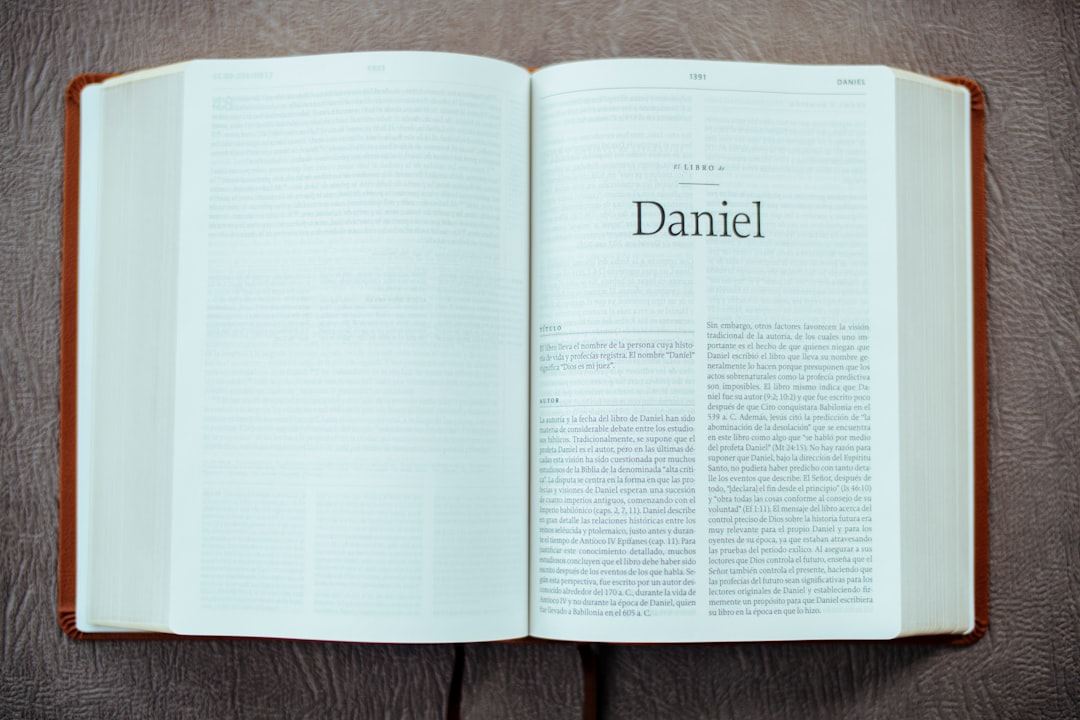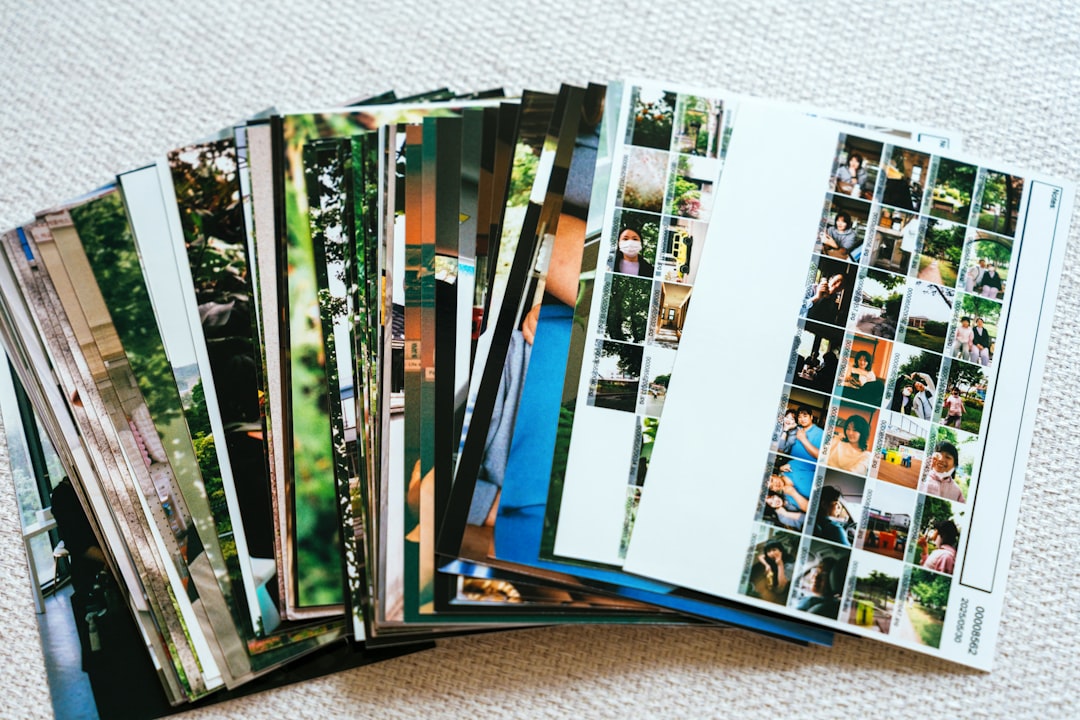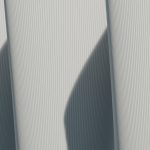In today’s competitive business environment, creating a brochure is more than just listing services or showcasing products—it’s about communicating your brand’s identity. A double-sided brochure gives you valuable space, and using that space effectively means integrating branding elements in a way that reinforces your message, aesthetics, and core values. Here’s how to weave branding into every inch of your brochure design.
Understand Your Brand Identity
Before diving into design, it’s crucial to have a clear understanding of your brand identity. This includes your logo, typography, color palette, imagery style, and tone of voice. These are the cornerstones that will create consistency across all your marketing material.
- Logo: Make sure it’s placed prominently but not overwhelmingly.
- Fonts: Use your brand’s primary and secondary fonts for headings, body text, and calls to action to maintain visual consistency.
- Colors: Stick to your brand color palette to maintain recognition and harmony.
Strategic Layout and Placement
With two panels available, your layout needs to be thoughtful. Typically, the front side should grab attention and represent your brand visually, while the back side provides in-depth information. Use a grid system to keep spacing and alignment consistent.
Include your brand logo on both sides, but vary its prominence. For example, have it large and centered on the front and smaller in the footer on the back. Consistent placement of logos, taglines, and contact details builds a polished and trustworthy appearance.

Infuse Your Brand Voice in the Content
Words matter. The content on your brochure should sound like your brand. If your brand voice is playful and casual, keep the language light and fun. If it’s professional and authoritative, adopt a more formal tone.
Your taglines, headers, and service descriptions should all reflect your brand’s personality. Consistency in tone helps strengthen the connection between your printed materials and your online presence.
Visual Elements That Speak Your Brand
Don’t underestimate the power of visuals. Incorporate branded icons, illustrations, and photography that align with your brand aesthetic. For example, if you’re a luxury brand, lean toward clean, minimalist images. If you’re a fun lifestyle company, vibrant and dynamic imagery can elevate interest.
Maintain consistent filter styles and colors across your photos to create a cohesive visual experience. If you’re using product images, ensure they’re styled to reflect your brand attributes, not just your offerings.

Whitespace and Brand Perception
Whitespace, or negative space, is often overlooked but plays a pivotal role in brand communication. Ample whitespace lets your design breathe, making it more legible and upscale. Crowded brochures often come across as disorderly or budget-conscious—messages you likely want to avoid.
Professional brands typically use strategic spacing that allows each element room to shine. This approach enhances both readability and aesthetic appeal.
Incorporate Calls to Action That Match Your Brand’s Goals
Your Call to Action (CTA) should be specific, actionable, and aligned with your brand voice. For example:
- A tech brand might say, “Scan the QR code to see real-time solutions.”
- A fashion label may choose, “Step into your new look—shop now.”
Position your CTAs thoughtfully on both sides so that the reader has clear guidance on the next steps regardless of where they start reading.
Consistency Across Print and Digital Platforms
Your printed brochure will likely direct users to online platforms. Therefore, your brand’s visual and tonal consistency between these mediums is vital. Make sure:
- Links are easy to read and match your digital URLs.
- QR codes direct to branded digital experiences.
- Logos and icons used in print mirror those on your website or social media.
Think of your brochure not as an isolated tool, but as a gateway to a larger branded ecosystem.
Print Quality and Paper Choice Reflect Your Brand
Lastly, the texture and weight of your brochure can speak volumes about your brand. A high-quality matte or glossy finish can communicate professionalism, while recycled or textured paper can reflect sustainability and earth-friendly values. Even choices like raised inks or spot UV finishes can subtly enforce a premium brand impression.
Don’t overlook how tactile elements can enhance or undermine your branding efforts.
Final Thoughts
Incorporating branding into a double-sided brochure is not about overpowering design with logos and slogans. It’s about creating a cohesive message through visuals, copy, layout, and print quality that collectively tell your brand story. When every element feels intentional and aligned, your brochure becomes more than a promo tool—it becomes a reflection of your brand’s identity.






